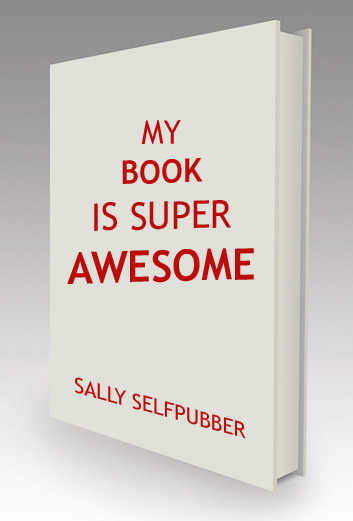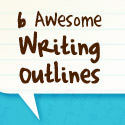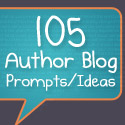The following is a guest post from Tracy Atkins who (along with The Book Designer, Joel Friedlander) has developed a series of book design templates just for indie authors. Read to the end for a discount code that’ll save you almost 50%!
 Layout is for the birds.
Layout is for the birds.
As a self-published author, one of the hardest parts of getting my book to print was converting my manuscript into a fully formatted book. I came to find that laying out a self-published book correctly is one of those jobs that seems simple at first, but can take an incredible amount of time.
Getting all of the pagination right, finding the right copyright information, and just making sure your finished book is easy to read has left many an author reaching for a bottle of Aleve. It’s time consuming, frustrating and in the end, many of us are disappointed that our books don’t look as high quality as the ones sitting on the bookstore shelf.
In other words, doing DIY layout sucks even for experienced Word ninjas.Continue Reading
 A coworker recently told me a story of working at a music store in the early 90’s. On Super Bowl Sunday,
A coworker recently told me a story of working at a music store in the early 90’s. On Super Bowl Sunday,  If you’d have asked me a year ago about self publishing, I would have given you all sort of persuasive reasons why it wasn’t right for me. A year ago, it wouldn’t have been right, not because of any intrinsic problem with going ‘indi’, but primarily because I hadn’t educated myself about the process.
If you’d have asked me a year ago about self publishing, I would have given you all sort of persuasive reasons why it wasn’t right for me. A year ago, it wouldn’t have been right, not because of any intrinsic problem with going ‘indi’, but primarily because I hadn’t educated myself about the process.

 We're
We're 








